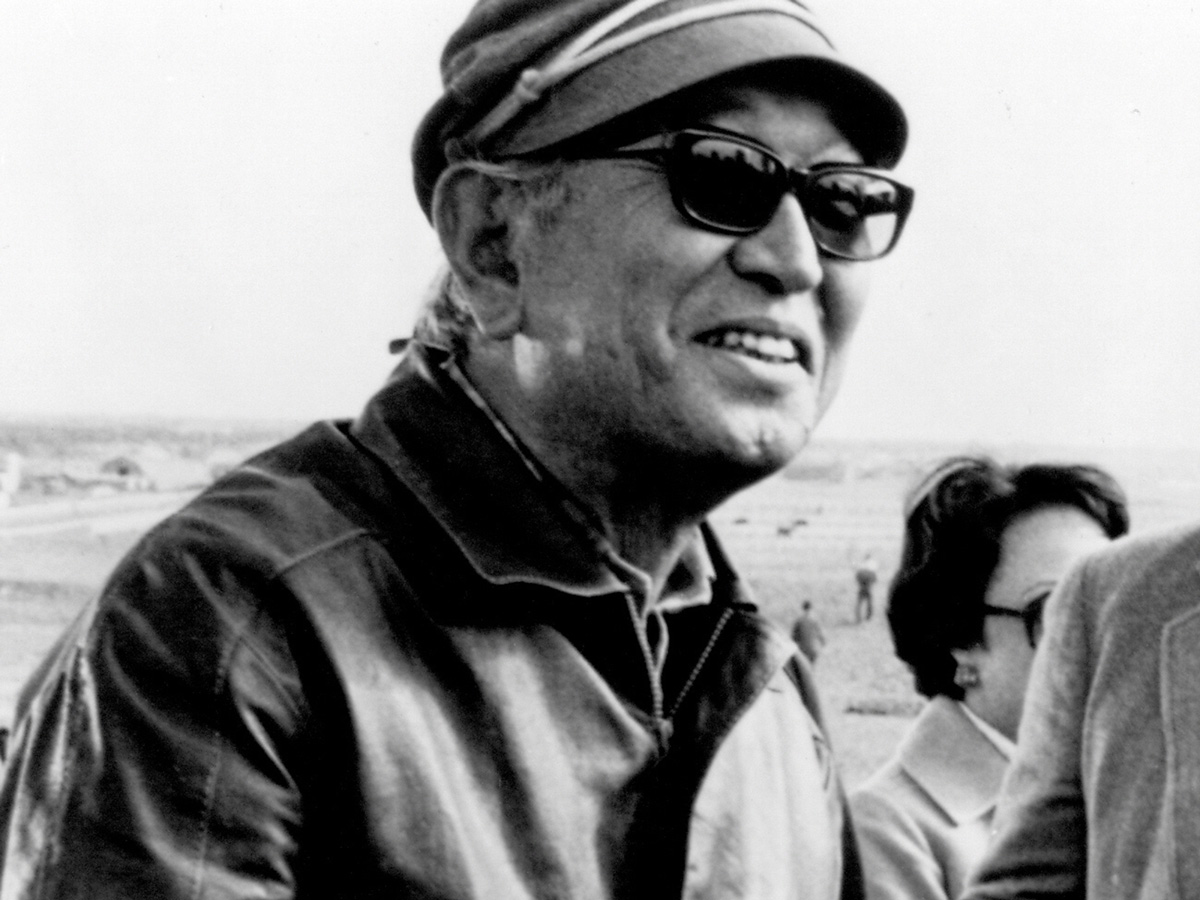
(c) Photofest / Getty Images
Why Akira Kurosawa's version of the Tokyo Olympics didn't happen? Part 2
1216 days olympics film director
Even after Kurosawa declined to direct the film, the Documentary Film Committee was unable to come up with a concrete solution. As time passes, movements from within the industry, which has been simmering, begin to surface. In May 1963, six newsreel companies (Sankei Eiga, Mainichi Shimbun, Chubu Nippon News, Asahi Television News, Yomiuri Eiga, and Shin Riken Eiga) offered to cooperate in producing the film. However, this is just a superficial statement; in reality, Nichiei Shinsha, which is just a newsreel company, has received an exclusive contract with Toho to produce a documentary film about the Olympics, and the fact that it will be screened through Toho distribution is a fait accompli. This was also a voice of dissatisfaction from within the industry. Moreover, if the production is not making any progress, it is not unreasonable for other companies to question the company.
So on July 16th, representatives from six newsreel companies, Nichiei-Toho, and the organizing committee met together. First, Toho's Vice President Mori said, ``In terms of equipment and staff, Toho and Nichiei Shinsha alone cannot handle it.We had intended to ask for cooperation from each company, but we were late in making the request.'' (Yomi Shimbun, 1963) (July 17), but the six companies were not satisfied. Furthermore, Secretary-General Yosano stated, ``The Organizing Committee has not officially recognized the Documentary Film Production Committee, and we have not officially requested Toho to produce it.'' (Kinema Junpo, early September 1963 issue) , the situation became confusing as Tabata denied the preparations he had made so far. As a result, all of Toho's production and distribution plans were scrapped, and all preparations for a film documentary of the Tokyo Olympic Games, which had begun as early as the fall of 1959, came to nothing.
Toho Vice President Mori, who was enthusiastically promoting the production of an Olympic documentary film, later wrote about his feelings at that time:
``I was disappointed when Mr. Kurosawa resigned, and Mr. Tabata, who I had consulted with, was also removed from the front line, and other people were reluctant to let me know that it would be exclusive to Toho, so I was reluctant to finally go ahead with the production. I gave up on that.'' (`` My Journey through the Art World '')
Due to Toho's decline, a new corporation (Tokyo Olympic Film Association) was created for the production of documentary films by the aforementioned six newsreel companies + seven companies, Nichiei Shinsha, and the production was jointly carried out by the five major companies. In September 1963, it was decided that the production would be outsourced to Toho (distribution was later entrusted to Toho after discussion). There was less than a year left until the Tokyo Olympics.
As the production progressed, Secretary-General Yosano again asked Kurosawa to direct on September 13th. This time, without Toho, the offer was made to Akira Kurosawa of Kurosawa Productions personally. It is unclear how Kurosawa, who was preparing to shoot his next film, `` Red Beard '' (1965), responded to this request, but at this stage, ``Red Beard'' was scheduled to be completed in June 1964. In other words, he had a schedule that would allow him to work on the Olympics after the film was completed.
In October 1963, the Tokyo International Sports Games (11th to 16th), which could be called a rehearsal for the Olympics, was held, but 120 cameramen from newsreel companies were filming without a director. The purpose of this recorded video was not to make it public, but to verify how the competition could be filmed, but the results were disappointing. First of all, there is not enough light indoors, so it is difficult to make out faces. Camera positions are not secured even outdoors, making it impossible to capture the players satisfactorily. In other words, problems arising from the lack of convenient arrangements for photography suddenly began to emerge.
Suketaro Taguchi of Yomiuri Film Company, who is the chairman of the Tokyo Olympic Film Association, had a plan for Kurosawa to edit the footage shot by cameramen from each company, but even with test shooting for this event, It was easy to see that simply handing over photographed material to Kurosawa would not result in something good. If Kurosawa didn't prepare the best ingredients, no matter how good he was at editing, he wouldn't be able to use his skills. It's no good if the athletes' faces and competitions aren't shown on screen.
It is unclear whether Kurosawa saw the rush at the time, but on November 5, half a month after the tournament, Secretary General Yosano visited Kurosawa at the Toho studio. On this day, Kurosawa had finished researching materials and was taking a short break before starting work on ``Red Beard'' in a month. The discussion lasted about 20 minutes, but it was during this session that Kurosawa announced, ``I want to officially step down as director of the documentary film'' (Asahi Shimbun, November 6, 1963), and Yosano also informed him that he was giving up on the role. Although Kurosawa's intentions had been confirmed privately before this, this ceremony was also a public reconfirmation. With this, Kurosawa's career as a documentary film director for the Tokyo Olympics, which was officially announced on July 7, 1960, came to an end on 1216 days -- 3 years, 3 months, and 29 days.

